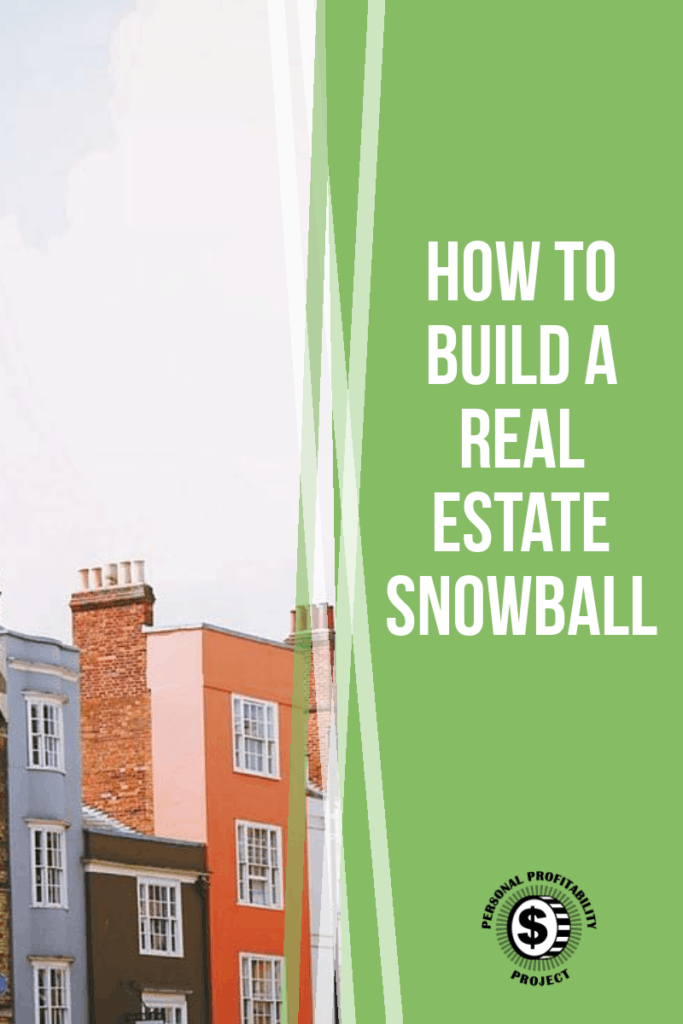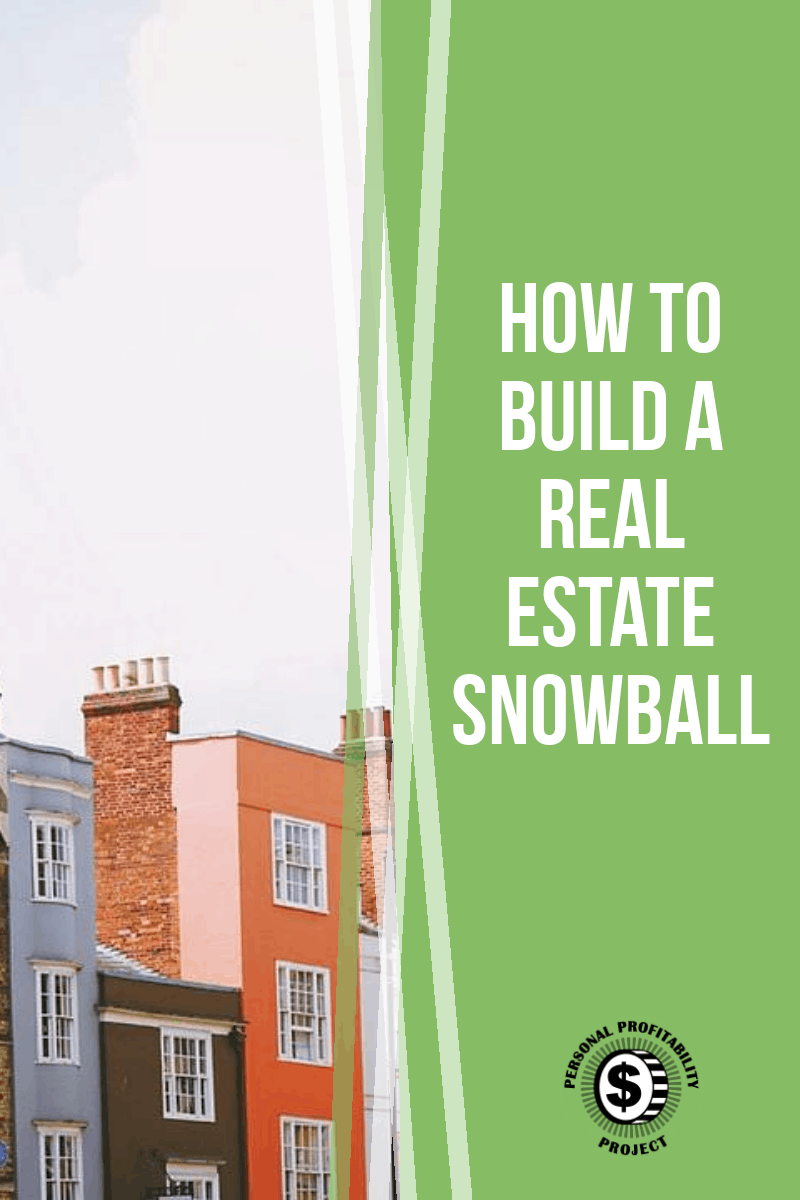Over the last 50 years, the S&P 500 has yielded a compound annual growth rate of 9.41%. With returns like that, why would anyone consider investing elsewhere? I know several people who have made a great living for themselves renting out properties, so I thought I would run the numbers to see if it is better to invest in the stock market or the real estate market by building a real estate snowball.
Getting Started
To get started in the stock market you don’t need much money. In fact, you can start DRIP investing with virtually nothing. Real estate is another matter.
To buy a primary residence with a great credit score, you need to have at least 20% of the property value as a down payment to avoid paying private mortgage insurance (PMI). To buy an investment property, banks are even more strict.
In Denver, a pretty average city as far as real estate goes, a 2 bedroom unit has an average price of $240,000. For a 20% down payment, you need to have $48,000 in cash ready to go plus fees. And that’s just the start.
Monthly Costs
Assuming you can buy the property, at current interest rates (let’s use 3.25%) your monthly payment is going to be about $1,100 per month with taxes. You also have to assume some repairs and upgrades will need to be made over time, so assume $2,500 per year for that.
So, all in, your annual ownership cost is going to be about $15,700 per year to break even on a cash flow basis.
Income and Margins
Average rents in Denver vary widely by area, but I’ll use my neighborhood as a proxy. I have seen rents range from $1,000 to well over $2,000, so let’s say $1,600 is the average rent for a two bedroom in the area to be conservative.
At $1,600 per month, you keep $500 per month from your renters. $500 per month is $6,000 per year. Not bad, right? But you have to take out the $2,500 in repairs so you really only keep $3,500 per year.
That gives you an annual return on your initial investment of 7%. Not bad, but still below the average 9.41% of the S&P 500 not including property value changes and equity building.
Long Term
But let’s say you do really well, keep your place occupied with good tenants, and can reinvest your income and pay down your property loan quickly with the revenue from your renters. Over time, you can save up enough to do it again. It will take 13.71 years to save up enough to buy another property, but maybe you can save a little extra and buy another and another. Eventually you could make a full time living on property investments.
To make $50,000 per year from rental properties in this scenario, you would have to invest $714,000.
You Can Probably Do Better
I used “average” home and “average” rent to build this example, but you could probably do a lot better if you put some time into it. What if you could find a two bedroom property around $135,000 instead of $240,000?
You would only need to put $27,000 down. And your rent income would be lower, but so would your costs. If you could make $500 per month in profit and keep expenses low and were able to keep $6,000 per year. That would be a 22% annual return! At that rate, you would only need to invest $227,000 to earn $50,000 per year.
The risks, costs, and income are going to be different in each market, but you can see how this could turn into a lucrative investment and even a
If you’re interested in using your IRA to invest in real estate, check out Rocketdollar!

Turn It into a Real Estate Snowball
In the past, we have seen how debt snowballs can pay off loans and credit cards quickly and how a social lending snowball can turn into a 10% annual return investment that feeds itself. Real estate can do it too.
If you can put down $54,000 in the last scenario, you can potentially earn $12,000 in annual revenue. If you keep it in savings, it will take less than 3 years before you have enough to add another property. At that point you are making $18,000 per year. In less than two years you can buy another property and generate $24,000 per year. Pretty soon you have another property, and another.
Getting to a point where you can retire with a nice, growing cash flow is not unrealistic.
Your Stories
Have you ever invested, or considered investing in, real estate? Do you think this scenario is plausible? Please share your thoughts, comments, and critiques in the comments.

This post was originally published on May 22,



This is certainly something I am looking into doing. My biggest roadblock is the condo I still own in Chicago that has lost most of it’s equity. As soon as that is sold we are going to buy a house here in Denver and then start working towards the first investment property.
That’s a bummer about the condo in Chicago! Did you buy it when the real estate market was hot and lose value in the downturn?
It depends on where you live and the ratio of rent to cost to own.
True, if rents or real estate costs are way off favoring one way or the other, it might make this model a lot tougher to implement.
It definitely depends on where you live, but it seems the cheaper houses are what ends up working out best for rental properties from what I’ve seen.
There are a few parts of town with cheaper houses and apartments, but that also means different clientele that may be tougher tenants.
There have been plenty of people that have made quite a bit of money this way. It looks like prices are going back up, so those who bought a home at a super-low price with low interest rates probably put leverage to great use.
I know people who have made money buying and renting out properties well before the markets hit their recent lows, so it is possible any time. However, you are right that it is much easier to make money if you have it when prices and rates are rock bottom.
Have you ever made any real estate investments?